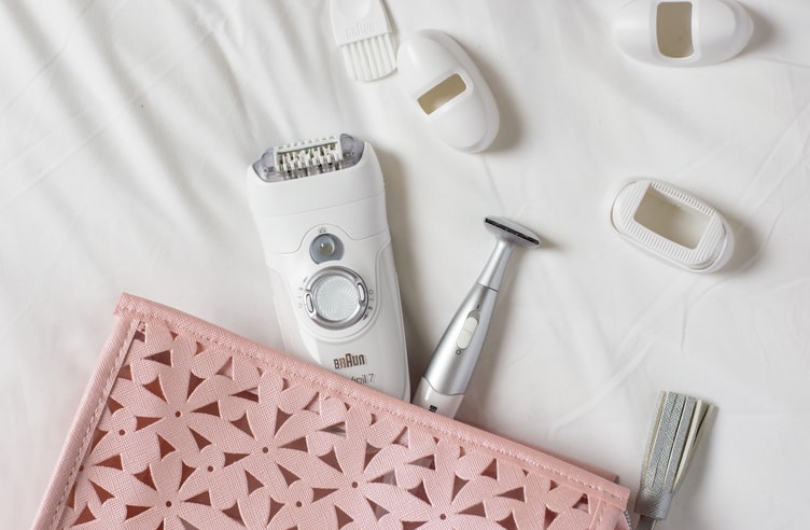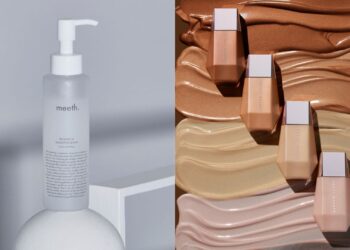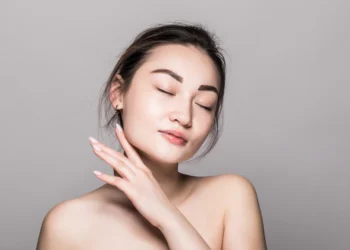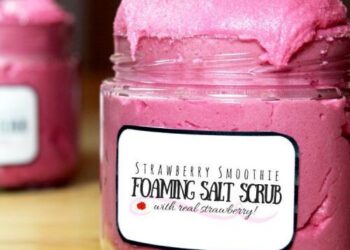Hello ladies, before we started, I just wanted to point out that having hair on certain parts of your body is pretty normal. Hair growth can occur due to hormonal changes and it may be caused by genetics, too. So relax, we’re all humans.
However, heading for your first bikini wax appointment can be downright terrifying. There’s a lot of unknowns when it comes to hair removal, and if you hear the wrong whisper, you may end up believing something that’s completely untrue. To wax, to tweeze, to thread, or to shave—that is without a doubt the question. Let’s look at each procedure’s pros and cons, as well as when would be the right time for an esthetician to use them depending on the client’s skin and needs:
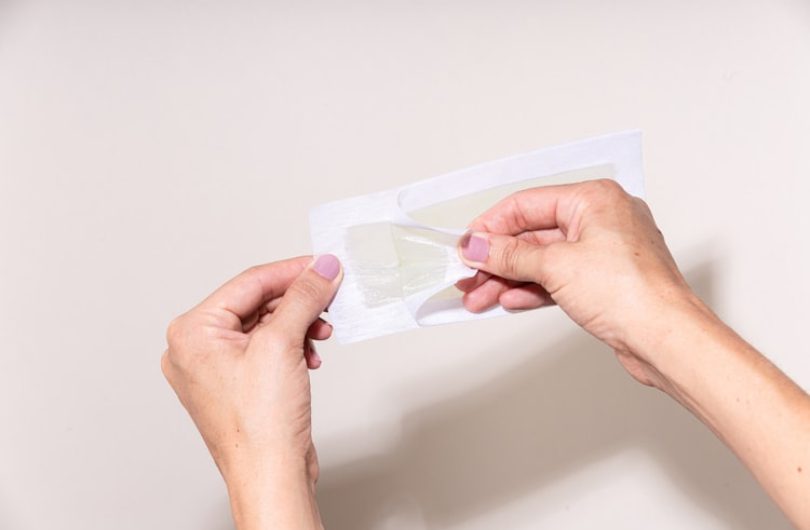
Waxing
Involves using strips of hot or cold wax, spread over hairs (in the direction of growth), then ripped off in the opposite direction to remove both the hair and the root.
Pros: Since it removes hair from the root, it gives a longer-lasting smoothness than razors or hair removal cream. Over time, waxing hair repeatedly can weaken the hairs making them finer and less painful to remove.
Cons: It stings like hell and messier than shaving and it takes some nerves of steel.
Best for: Legs, lips, brows, pits and bits (aka bikini lines).
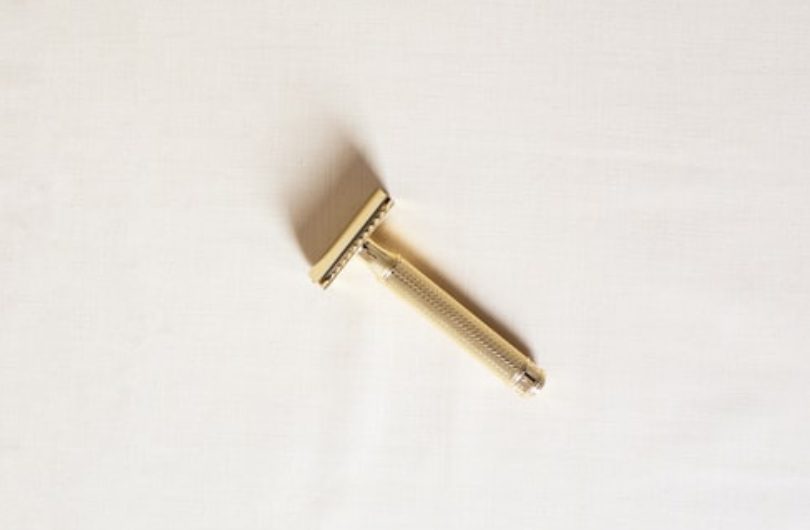
Shaving
This involves skimming off the layer of hair above your skin with a razor blade. Simple. I mean, everyone knows how to shave.
Pros: It’s quick, easy and gives an ultra smooth finish. It’s also pain-free.
Cons: It doesn’t remove hair from the roots, so re-growth can be quick. The razor, squares the tips of hairs off meaning they can feel sharp or appear thick when they grow back through (though they won’t actually make hairs grow back thicker).
Best for: Armpits, legs and bikini lines
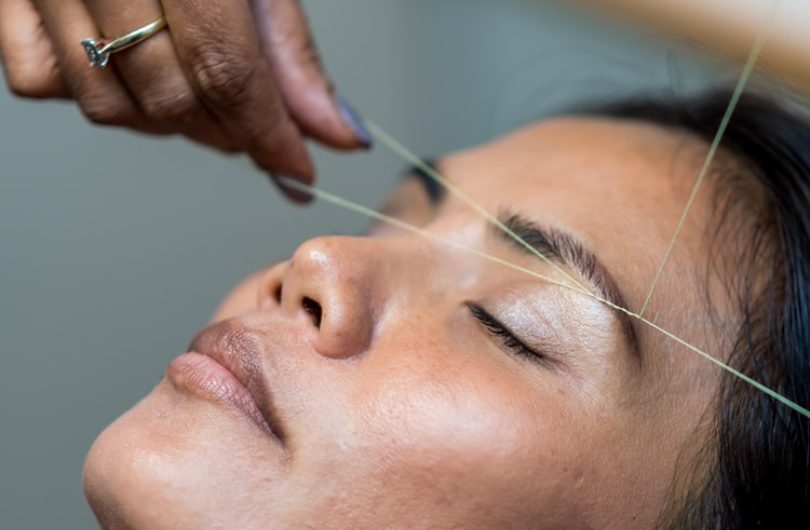
Threading
This technique involves looping a thread of string around each tiny hair, effectively lassoing it, then pulling the loop taut to catch and pull each hair out from the root.
Pros: It gives an ultra neat and tidy finish and it’s a more gentle option than waxing for sensitive, thin or redness-prone skin.
Cons: It’s tricky and fiddly to learn how to thread at home and you may struggle to do it yourself.
Best for: Lips and brows.

